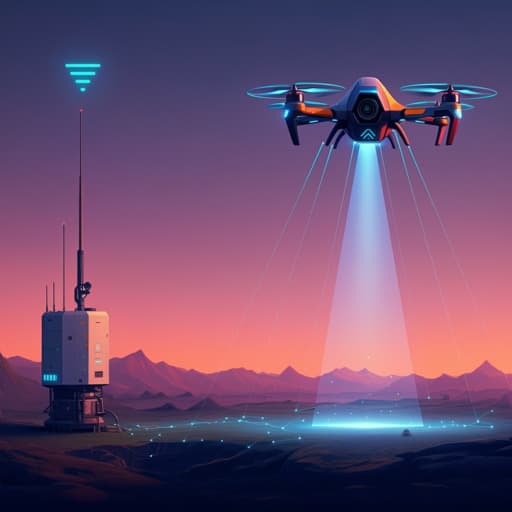
Engineering and Technology
UAV-Assisted Wireless Communications: An Experimental Analysis of Air-to-Ground and Ground-to-Air Channels in Open Environments
K. Shafafi, E. N. Almeida, et al.
Explore groundbreaking research conducted by Kamran Shafafi, Eduardo Nuno Almeida, André Coelho, Helder Fontes, Manuel Ricardo, and Rui Campos as they delve into the complexities of Air-to-Ground and Ground-to-Air wireless channels. Their experimental analysis reveals how distance and UAV heading enhance our understanding of signal strength and TCP throughput, surpassing traditional models.
~3 min • Beginner • English
Related Publications
Explore these studies to deepen your understanding of the subject.







